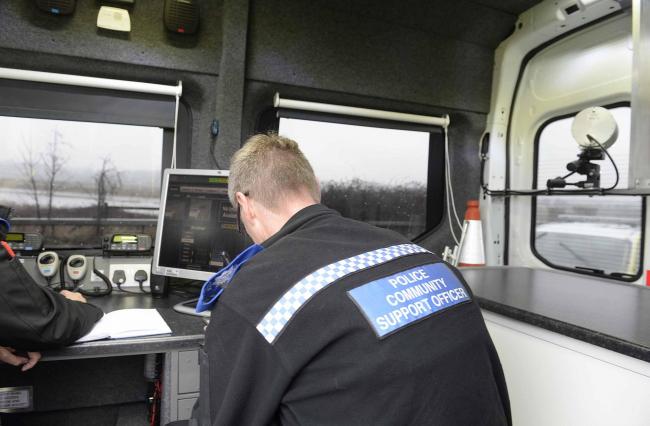
CATCHING hardcore drug dealers and stopping a car linked to a child kidnapping have made a list of a police force's 'Top of the Ops' for 2018.
For every month of last year, North Yorkshire Police have chosen one operation that owes its success to Automatic Number Plate Recognition technology (ANPR).
The technology is one of the most valuable pieces of kit used by the police to prevent and detect crime.
It covers a wide range of camera technology that automatically reads vehicle number plates then records information about that plate, or uses it to cross-reference elsewhere to set off an alert to police officers.

Last year the cameras helped North Yorkshire Police arrest more than 700 suspects for a variety of offences, including disrupting major cross county drug dealing operations.
A police spokesman said: "During 2018 it (ANPR) directly led to the arrest of 727 suspects across North Yorkshire and helped us safeguard 36 vulnerable people.
"And these are just the live-time incidents.
"It has assisted and contributed to countless other ongoing investigations or safeguarding matters.
"We use it to catch criminals, as a strategic crime prevention tool, and to find vulnerable and missing people.
"It also provides evidence in criminal prosecutions.
"For example it formed part of the evidence in two recent major drugs conspiracies that have seen 14 drug dealers jailed for over 150-years."
 STOPPED: Police tracked down the Audi TT with the help of ANPR cameras
STOPPED: Police tracked down the Audi TT with the help of ANPR cameras
In June last year ANPR was used to stop a car that was travelling north which was linked to the kidnap of two children.
Thanks to ANPR and air support from the National Police Air Service, the vehicle was located and stopped in North Yorkshire.
Its three occupants were arrested and handed over to the originating police force in the south of England.
In February the technology was used to help track the movements of a suicidal man. Information was then relayed to officers on the ground who found the man and placed him in the care of the health service.


Comments: Our rules
We want our comments to be a lively and valuable part of our community - a place where readers can debate and engage with the most important local issues. The ability to comment on our stories is a privilege, not a right, however, and that privilege may be withdrawn if it is abused or misused.
Please report any comments that break our rules.
Read the rules here